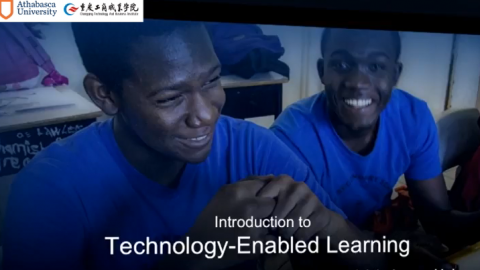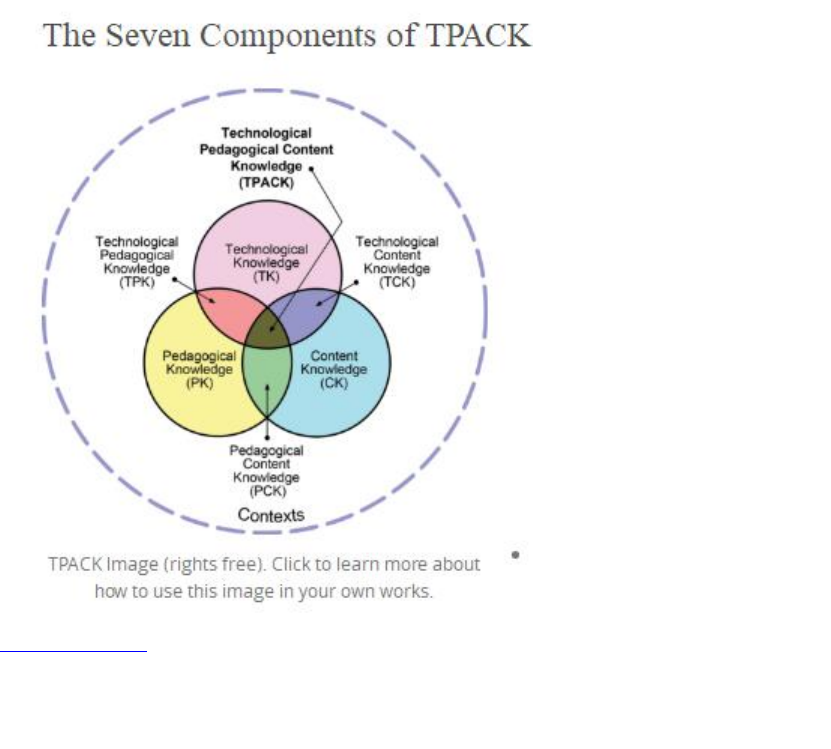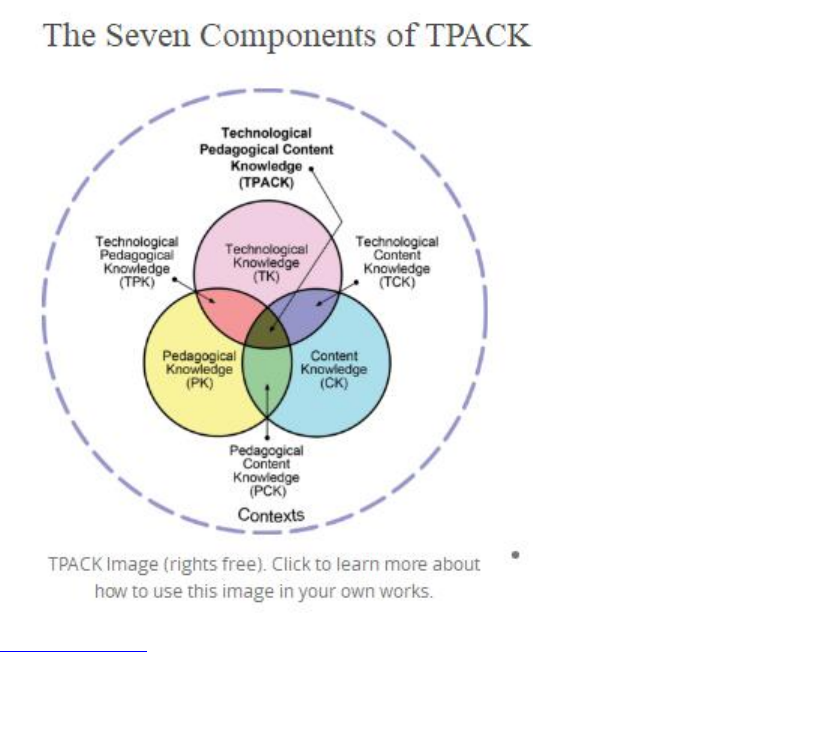blended learning-- the organic integration of thoughtfully selected and complementary face-to-face and online approaches and technologies.
It takes more than adjusted face一to一face principles of teaching (see Chickering & Gamson, 1987) to harness all the opportunities for teaching and learning available through technology. Principles of practice intended to develop teaching presence in blended learning communities must account for new, emerging possibilities and roles.
Chapter 2 describes the first phase of teaching presence: the design and organization of a collaborative community of inquiry. It focuses on the coherent integration of curriculum, climate, active tasks and assignments, timelines, and assessment rubrics. This
chapter provides a description of successful case studies and examples that maximize the critical discourse and reflective potential of blended learning methods and techniques.
Chapter 3 explores the social and cognitive principles of facilitation. Facilitation goes to the core of the dynamics of a community of inquiry. Collaborative communities emerge, and are sustained,through shared purpose, joint activity, and interaction. These commonalities must be identifed, illuminated, and fostered through the teacher's leadership in order to facilitate these aspects of community. Social presence emerges and cognitive presence
evolves through facilitation. Facilitating social interaction fosters social presence, which is central to setting the stage for continued col一 laborative activity. However, pushing beyond social interaction to critical discourse moves cognitive presence to deep and meaningful learning. Strategies for the facilitation of social and cognitive presence are described in terms of practical examples.
Chapter 4 speaks to the use of direct instruction. This involves helping students to manage collaborative relationships in order to
assume increasing responsibility for their learning and ensuring that students move toward resolution in their course一based discussions and assignments. Direct instruction is about academic and pedagogic leadership; it is educational leadership that provides disciplinary focus and structure and scaffolding but also offers students the choice and opportunity to assume increasing responsibility for their learning. This instruction is more than a guide on the side," but less than a sage on the stage." It is an approach where learning is socially shared. This is the path to a meaningful, systematic, and worthwhile educational experience. Students remain engaged and focused while achieving desired learning outcomes. This chapter provides practical guidelines and strategies for directing social and cognitive presence in a blended learning environment.
Chapter 5 addresses the final principle regarding assessment. Educational researchers (Thistlethwaite, 2006; Hedberg & Corrent一 Agostinho, 1999) state that assessment drives learning in higher education. The design of assessment activity and feedback influence the type of learning that takes place (Entwistle, 2000). The purpose of this chapter is to demonstrate the types of self一reflection, peer feedback, and teacher一 directed assessment techniques that can be used to support a blended community of inquiry approach to learning in higher education.
Chapter 6 provides a discussion of digital technologies and instructional strategies that can be used to design collaborative communities of inquiry. This chapter reiterates the interdependent elements of social, cognitive, and teaching presence and provides corresponding social media application examples and associated collaborative learning activities. Educational strategies for using these tools to support a collaborative community of inquiry, in a blended learning environment, are illustrated and discussed.
Chapter 7 concludes the book with a summary of key ideas and strategies for teaching in a blended teaching format.
Overall, the book is a coherent view of the principles for the integration of face一to一face and online learning made explicit. Second, the book is grounded in the actual practice of blended learning.



